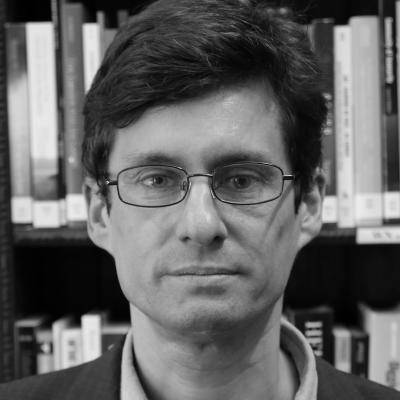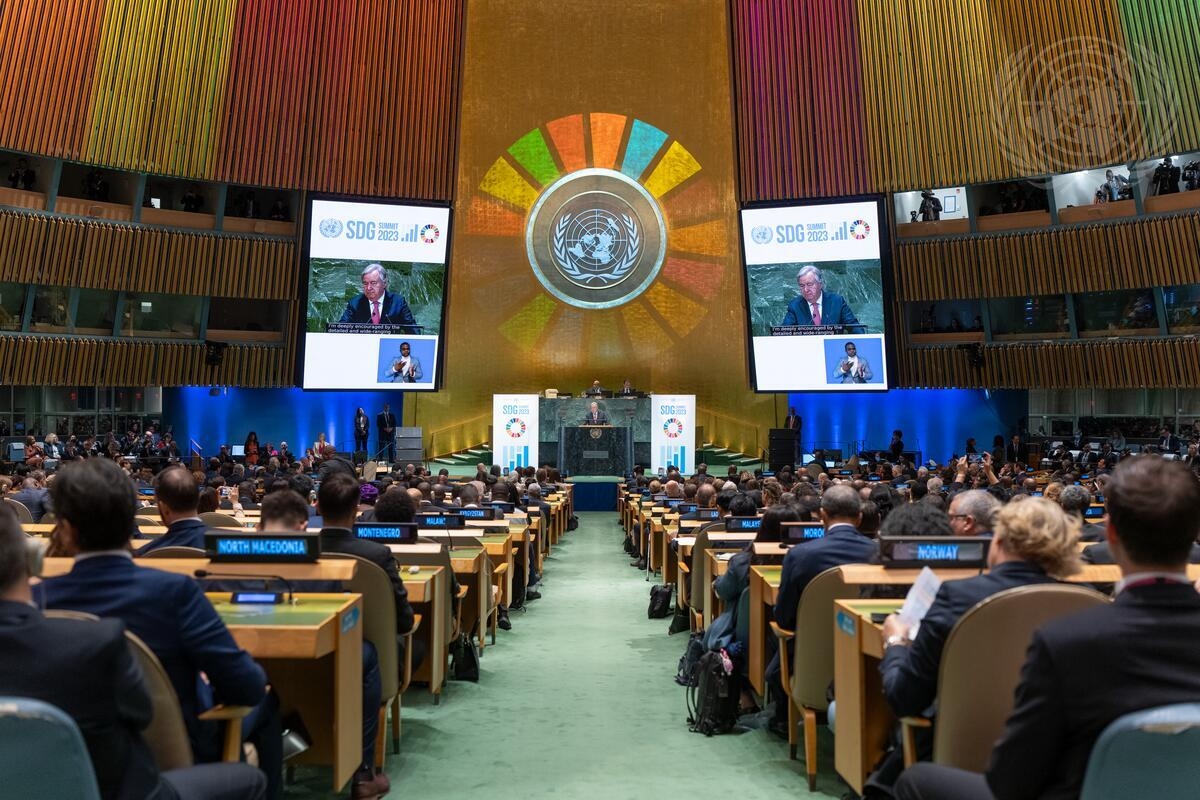In the lead-up to the 78th United Nations General Assembly (UNGA), the outlook for the future of the UN’s Sustainable Development Goals (SDGs) seemed rather bleak. Global efforts to achieve these ambitious targets by 2030 had lost momentum, weakened by an unprecedented combination of wars, waves of populist nationalist politics, and the Covid-19 pandemic.
The Global Sustainable Development Report 2023 showed that only about 12 per cent of the SDG targets are on track and some 30 per cent of targets had either seen no movement or regressed below the 2015 baseline.
The sheer scale of the gap in financing required to achieve the SDGs, which the OECD (Organisation for Economic Co-operation and Development) estimated at $3.9 trillion in 2020, seemed to deepen the gloom. This gap grew significantly during the pandemic, as economic contractions and emergency health expenditures diverted funds from long-term development projects.
However, it would take less than 1 per cent of global finance to fill this finance gap. And the sense emanating from the SDG Summit 2023, following the adoption of the Political Declaration by the heads of state, is that there is still significant support for the SDGs. Properly harnessed, this could begin a new phase of accelerated progress to rescue the 2030 agenda from the brink of failure.
For a rescue mission to succeed, substantial reforms within the multilateral financial system, and the multilateral development banks (MDBs) in particular, are urgently needed.
The finance obstacles to SDG progress
MDBs have long played a pivotal role in financing and supporting development initiatives across the globe. Their contributions, both financial and advisory, are instrumental in addressing issues ranging from governance reforms to improve public service delivery to infrastructure deployment. However, their current structures and practices continue to hold back progress on the SDGs.
The allocation of MDB resources is not always aligned with SDG priorities, particularly in harmonization of goals – though clients’ requests for funding do not always align with SDGs either. Borrowing governments’ preferences for (and MDB expertise in) large infrastructure projects such as hydro-electric dams and fossil-fuel power plants, for instance, has at times conflicted with the environmental sustainability and social equity elements of the SDGs.
MDB practices are one part of a much larger financial architecture that encompasses tax systems, the valuation of economic assets and activities, credit ratings and bilateral lending. Many at the summit were calling that architecture no longer fit for purpose. Debt, for instance, prevents finance flowing into SDG priorities such as education and healthcare – particularly in the Global South, where countries pay significantly more for their debt than industrialized countries.
African countries borrow, on average, at rates four times higher than those of the US and eight times higher than those of Germany. And half the world’s countries spend more on servicing their debt than on health and education. It is not surprising that governments of these countries are reluctant to take on more debt, even at MDB’s concessional rates.
Challenges to reform
Efforts to reform MDBs face several significant challenges. Firstly, there is the issue of governance. Decision-making power within these institutions has been concentrated in the hands of a few major shareholders (the US, Japan, China, Germany, UK and France), often with limited input from the countries that are most affected by their policies.
MDBs must also adapt to the changing nature of development challenges. Traditional approaches, centered on resource and emission-intensive infrastructure development and GDP growth, are no longer adequate for sustainable prosperity.
MDBs must overhaul how they prioritize and measure success
As the SDGs encompass a broad set of goals, including environmental sustainability, gender equality, and social justice, MDBs must overhaul how they prioritize and measure success in order to address these challenges effectively, while acknowledging their limitations.
Though there has been some progress in leveraging private sector investments, unlocking additional finance for sustainable development requires much greater effort. Innovative financing mechanisms which help ‘crowd in’ vibrant private sector competition, rather than favouring just a few large companies, are essential.
Increasing partnerships with private sector financial institutions, especially local banks, will reap dividends. This cooperation can foster more accessible financing, including private sector financing, blended finance and SDG-linked bonds.
Signs of positive change
Despite these challenges, the SDG Summit showed encouraging signs of positive change. The UN promoted its new SDG Stimulus to kick-start reform and scale up long-term affordable financing for the SDGs. The plan is to re-channel an additional $100 billion of special drawing rights, primarily through the MDBs, by 2025.
The Stimulus also aims to catalyse uptake of climate resilient clauses and debt swaps – needed to assist countries hit by extreme weather events. For 2026–2030, the Stimulus aims to deliver at least $500 billion per year, as well as adopt broader reforms to the international financial architecture to improve the effectiveness, fairness, and responsiveness of the system.
The UK also made a new commitment to support the SDG Stimulus. The goal is to unlock an additional $200 billion in finance over the next ten years through reforms of the MDBs. This commitment is not only a financial boost but also a signal of renewed political will to align the financial sector with the SDGs.
A new development agenda in a time of intensified geostrategic competition
Stakeholders now have the opportunity to advance the Summit’s new agenda for finance in the annual and spring meetings of the IMF and World Bank, the 2024 Financing for Development Forum, and the 4th International Conference on Financing for Development (FfD4) scheduled for 2025.
*This article was originally published on ChathamHouse.org
Image: Secretary-General António Guterres addresses the opening of the SDG Summit. UN Photo/Cia Pak




